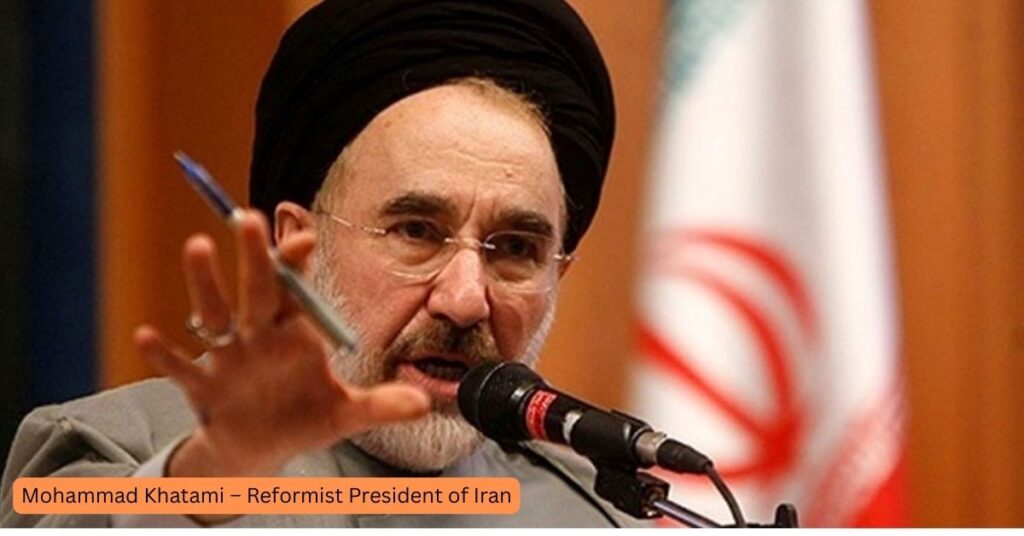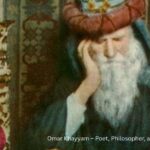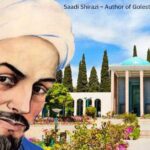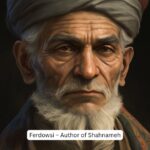Mohammad Khatami, the fifth President of the Islamic Republic of Iran, is widely recognized as a reformist leader who sought to bring political openness, cultural freedom, and improved international relations during his tenure. Serving from 1997 to 2005, Khatami emerged as a significant figure in Iran’s modern political history, advocating for democratic principles within the framework of the Islamic Republic. His presidency marked a period of hope for many Iranians who longed for greater freedom of expression, civil liberties, and dialogue with the global community.
Early Life and Background
Mohammad Khatami was born on September 14, 1943, in Ardakan, a city in Iran’s Yazd Province. Coming from a religious family, he pursued Islamic studies at the Qom Seminary and later earned a master’s degree in philosophy from Isfahan University. Khatami also studied in Germany, where he became familiar with Western philosophy and political thought, experiences that later shaped his reformist outlook. Before entering politics, he served as a cleric, lecturer, and cultural scholar, which gave him a reputation as an intellectual within Iran’s clerical establishment.
Rise to Political Leadership
Khatami began his political career in various cultural and administrative roles after the 1979 Iranian Revolution. He served as Minister of Culture and Islamic Guidance, where he promoted freedom in the arts and media. However, facing opposition from conservatives, he resigned in 1992. His resignation, however, increased his popularity among reformists and intellectuals.
In 1997, he ran for president with a campaign focused on rule of law, civil society, women’s rights, and dialogue among civilizations. His message resonated strongly with Iran’s youth and urban population. Winning nearly 70% of the vote, Khatami’s victory was a clear sign of the Iranian public’s desire for change.
Reformist Agenda as President
During his presidency (1997–2005), Khatami introduced a reformist agenda that aimed to modernize Iran while maintaining its Islamic values. Some of his key policies and achievements included:
- Freedom of the Press and Civil Society: Khatami supported greater freedom for newspapers, journals, and independent organizations. This created a vibrant media landscape, although conservative forces often pushed back.
- Women’s Empowerment: He promoted women’s participation in education, politics, and social activities, encouraging gender equality within the limits of the Iranian system.
- Dialogue Among Civilizations: Khatami gained international recognition for his call to replace the “clash of civilizations” with “dialogue among civilizations.” In 2001, the United Nations declared it the “Year of Dialogue Among Civilizations,” an initiative directly inspired by him.
- Political Reforms: His government advocated for more democratic practices, freedom of expression, and the rule of law, though many reforms were blocked by Iran’s conservative institutions such as the Guardian Council.
Challenges and Opposition
Despite his popularity, Khatami faced strong resistance from conservative factions within Iran’s political system. The judiciary frequently shut down reformist newspapers, and many activists faced arrests. His reform bills on press freedoms and presidential powers were vetoed by the Guardian Council. By the end of his second term in 2005, widespread disillusionment had spread among his supporters, as many of his reformist promises remained unfulfilled.
Legacy and Influence
Mohammad Khatami’s presidency is remembered as a unique era in Iran’s post-revolution history—a time when hopes for democracy and civil freedoms surged. While his reforms were often obstructed, his emphasis on dialogue, tolerance, and political participation left a lasting impression on Iranian society. Internationally, he remains respected as a figure who sought peaceful engagement between Iran and the world.
Even after leaving office, Khatami continues to be a symbolic leader for reformists in Iran. Though restricted from public appearances and political activities in recent years, his ideas still inspire younger generations who seek a balance between religious governance and democratic freedoms.
Conclusion
Mohammad Khatami’s tenure as the reformist President of Iran represents both the possibilities and limitations of change within the Islamic Republic. His vision of civil society, political openness, and dialogue across cultures distinguished him as one of the most influential Iranian leaders of the late 20th and early 21st centuries. Despite the challenges he faced, his legacy continues to shape debates about reform, democracy, and the future of Iran.




